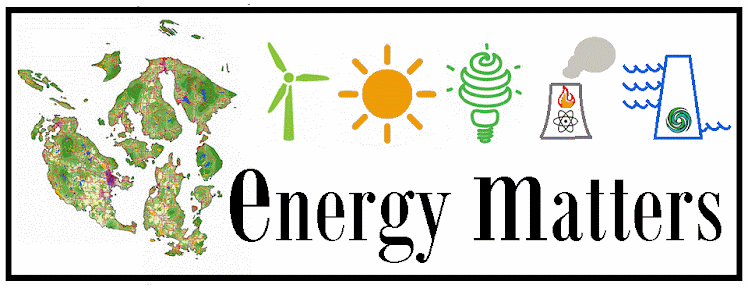By Sophie Williams
The Salish Sea may soon become home to the largest coal export terminal in North America. Tucked in the busy Cherry Point Aquatic Reserve between two oil refineries and an aluminum smelter, the Gateway Pacific Terminal will export 54 million tons of coal and 6 million tons of other dry bulk materials annually.
To build the Gateway Pacific Terminal, the Seattle-based company SSA Marine needs development permits from the Whatcom County Council, the U.S. Environmental Protection Agency and the Army Corps of Engineers. Before it can be permitted, the project must undergo a full environmental review, led by Whatcom County and the Washington State Department of Ecology, to provide the public and the permitting agencies with a clear understanding of its environmental, health and economic consequences.
The Environmental Impact Statement (EIS) is a study of the projects impacts and the “reasonable alternatives” that could minimize its adverse effects. Reasonable alternatives could range from wetland mitigation to a recommendation of ‘no action.’ In this case, it’s worth keeping in mind that a much smaller export terminal was approved by Whatcom County in 1997, so ‘no action’ still allows SSA Marine to build at Cherry Point, albeit at only 15% of the cargo volume and with less than a third of the shipping traffic.
The first step of the EIS process is to determine the scope of the study. Scoping, which will begin for the Gateway Pacific Terminal in June of 2012, is a chance for the public, tribes, citizen groups, local government, and state and federal agencies to advocate for the impacts and geographic areas they want to be included. The State Environmental Policy Act requires that the EIS team consider environmental impacts from the source of material (the coal strip mines of the Powder River Basin) to its destination (Asia’s coal burning power plants).
Though the communities around Cherry Point may bear the brunt of the terminal’s environmental impacts, the San Juans will also feel its effects. Millions of pounds of coal dust will be lost from the terminal to the marine environment and the surrounding wetland every year. The 487 bulk carries visiting the terminal annually, among the largest in the world and many carrying upwards of 10,000 tons of bunker fuel oil, will add further pollution. Both bunker fuel and the hydrocarbons in coal dust are lethal to the eggs and larvae of many fish, including the herring that spawn at Cherry Point. Large ships also often carry invasive aquatic species in their ballast water, which could wreak further havoc on the marine ecosystem.
To make the terminal’s impacts on the San Juans part of the decision making process, our waters and waterways must be within the scope of the EIS. Take a hard look at the Gateway Pacific Terminal project proposal. If you have concerns, the EIS scoping is your chance to make your voice, and the voice of the islands, heard.
What can the Salish Sea gain from the Gateway Pacific Terminal, and what does it have to lose?
To be notified of actions by Whatcom County Planning and Development Services regarding Gateway Pacific Terminal, send an e-mail to pds@co.whatcom.wa.us with “GPT Subscriber List” in the subject line.
There is a pre-scoping meeting to explain the scoping process on March 20, 6-8pm, in the Bellingham High School theater, 2020 Cornwall Ave.

No comments:
Post a Comment